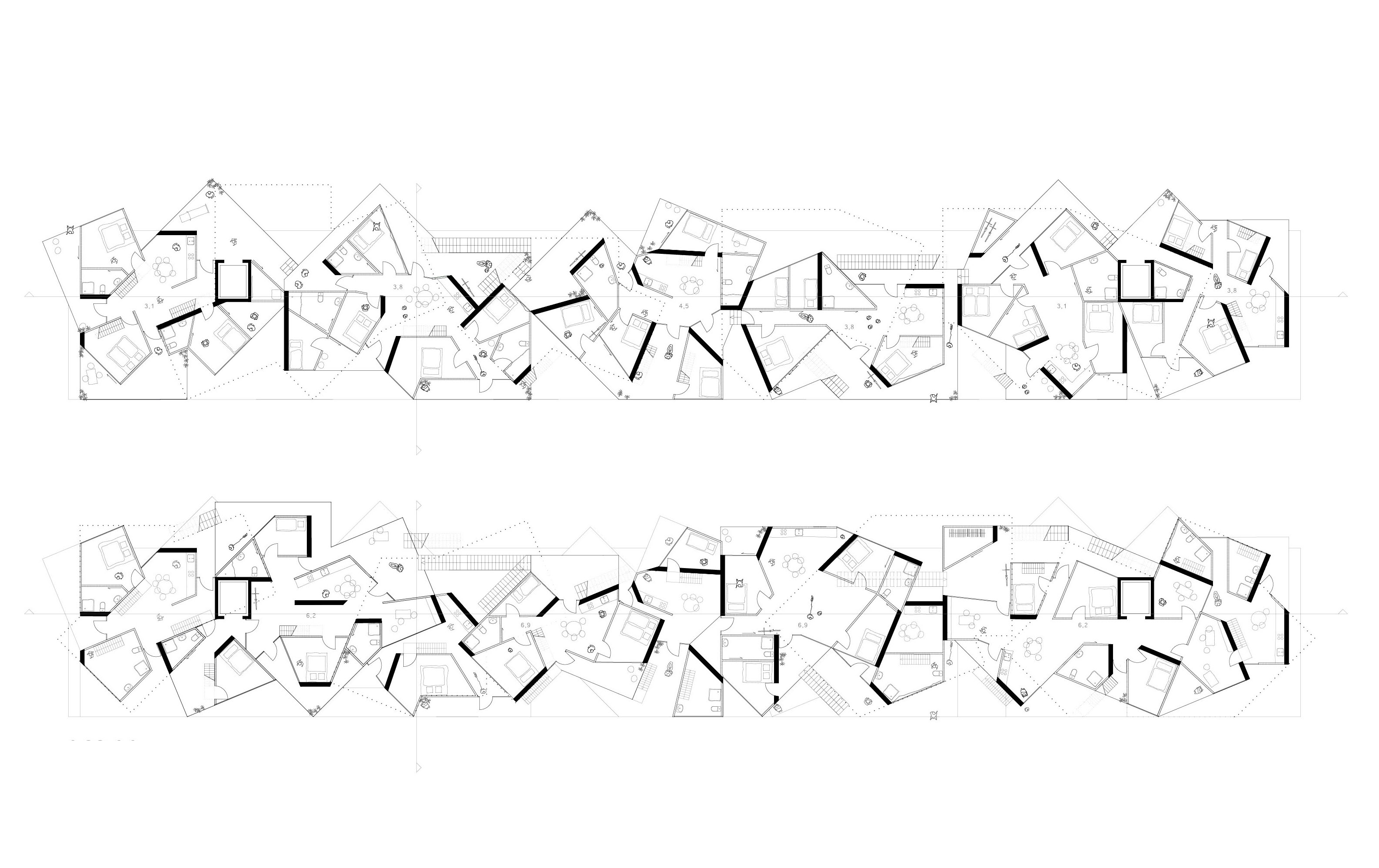kma
Studio Götz, University of the Arts Berlin, 2017
In Collaboration with Helene Peters
Karl Marxallee is located on the Stralau peninsula in the heart of Berlin. It is characterized by socialist plattenbau buildings built in the 1950s. These buildings manifest equality as a guarantee for a quality life. At the same time, the equality is the advantage and weakness of the concept. On the one hand, their realization is inexpensive; on the other hand, the ever-changing architecture, for whose design the architect loses in relevance, increasingly standardizes the cityscape.
How should we react to times in which the price determines the market and architecture can be designed autonomously by humans?
The concept of Karl Marxallee 6 begins right at this point. KMA describes a method for design production, which architecture understands as a perpetual play between structure and appropriation. Intermediate and altered, existing and new. The fabrication of the structure of the KMA functions in three steps: twisting, extruding, entangling. Twisting two plates against each other creates a cut, a fragment that forms a space. If these fragments are extruded into the vertical, the structure can be interlocked. The half-finished structure requires the appropriation of the architect and the occupants. It creates a network. Each apartment is located on a segment of its own height. It is organized by a center around which the fragmentary spaces are arranged and looking outwards. The segments are connected by stairs and views. In this way, an infinite number of new, different, versatile apartments can be created, the use of which opens up new possibilities.



